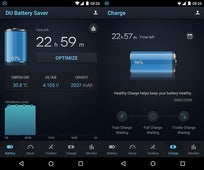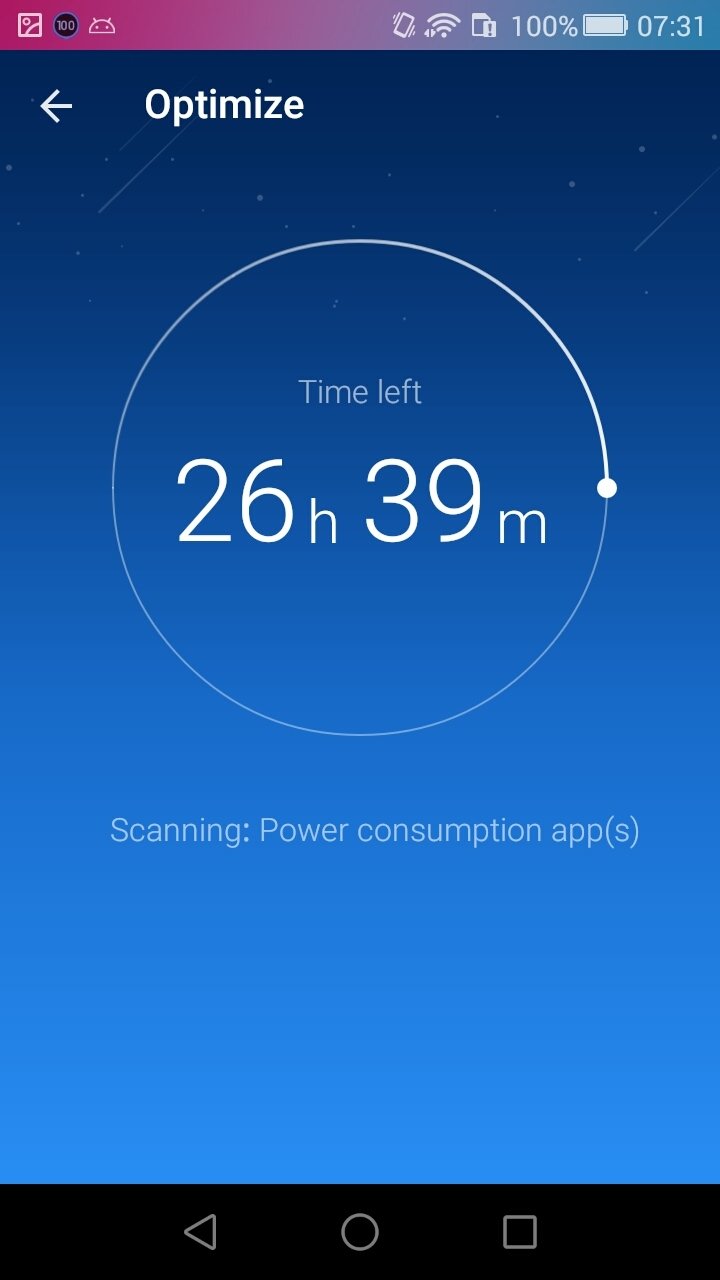

- #Du battery saver vs du battery saver pro manual
- #Du battery saver vs du battery saver pro pro
- #Du battery saver vs du battery saver pro free
– launch DX Battery Saver to start charging when battery lower than 20%. hints for charging or de-plugging the charger). ★ Healthy charging to extend battery life. – go into your preset mode according to your schedule

– adjusted to Long Standby on low battery level ★ One-Key diagnostic, a unbelievable foolproof way of battery saving.
#Du battery saver vs du battery saver pro manual
More manual optimization offered after diagnostic

One-key Diagnostic & Auto optimization upon the resultĥ. Brand new reform of those smart WidgetsĤ.
#Du battery saver vs du battery saver pro free
I'm not sure if Google said they "made" this, or if they "designed" it and are claiming it as their own (the latter is fair to say in my opinion).You deserve a prolonged battery! You can search & try our FREE version before purchase.Ģ. the Pixel 6 may simply be suffering from Google's hubris in "making their own" Tensor SoC.Interesting points. Varase said:The Google Tensor SoC (built by Samsung) contains two Cortex-X1 cores - and I believe the general consensus is to only include one of these cores in a SoC due to their power requirements.Īnd so. the Pixel 6 may simply be suffering from Google's hubris in "making their own" Tensor SoC. That's why they acquired Nuvia, hoping to drain some of Apple's brain.Īnd so. Qualcomm's expertise is picking standard ARM cores and putting them in a SoC with a few cache line changes - I don't recall if they've ever designed their own cores. I believe when Google announced they were "building their own chips" that what really meant is Google designed an NPU and seconded Samsung as their silicon proxy and told Samsung to put two Cortex-X1s in their SoC - despite any warnings Samsung may have given - in an attempt to beat Apple at their own game.Īll these companies saying they're "building their own chips" despite having no expertise in silicon design are just cousin' for a bruisin' - like Microsoft using their silicon proxy Qualcomm, and ironically Qualcomm attempting the same through their silicon proxy the recently acquired Nuvia (composed of ex-Apple silicon engineers). The Google Tensor SoC (built by Samsung) contains two Cortex-X1 cores - and I believe the general consensus is to only include one of these cores in a SoC due to their power requirements.Īs a consequence, the Snapdragon 888 only contains a single Cortex-X1 in a three level pyramid of cores.Īs I recall, the Cortex-X1 at 5nm ran pretty much neck-and-neck with Apple's A13 high performance Lightning cores at 7nm (used in the iPhone 11), with Lightning being overall a bit faster and Cortex-X1's floating point taking the lead.
#Du battery saver vs du battery saver pro pro

Last but not least, the OnePlus 9 Pro lasted an excellent 12:48. The Samsung Galaxy S21 endured for 9:53 and the Galaxy S21 Ultra endured for 11:25. By comparison, the iPhone 13 lasted 10 hours and 33 minutes on our web surfing test and the iPhone 13 Pro Max hit 12:16.


 0 kommentar(er)
0 kommentar(er)
